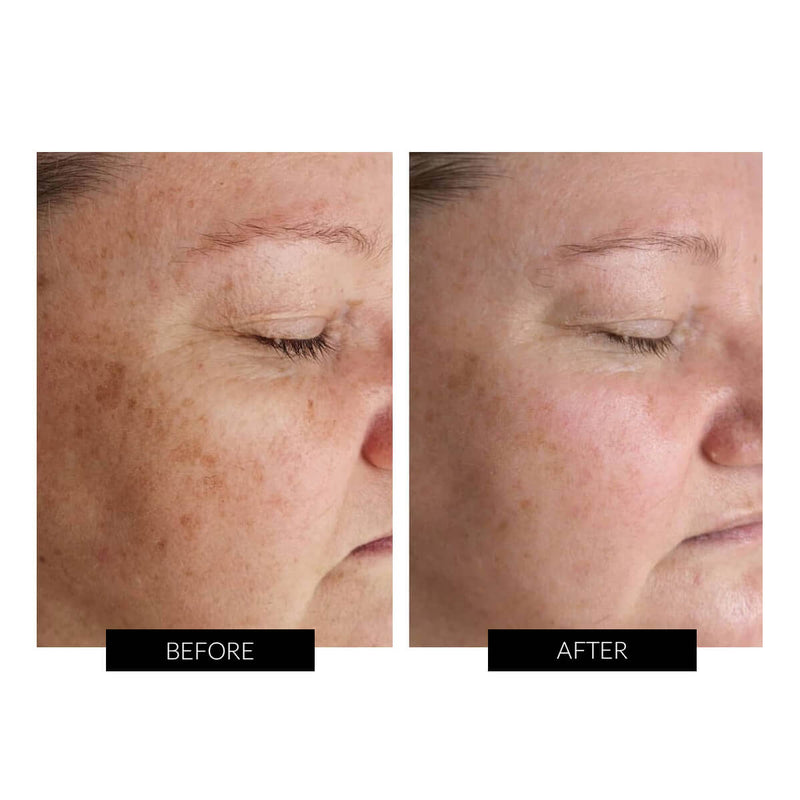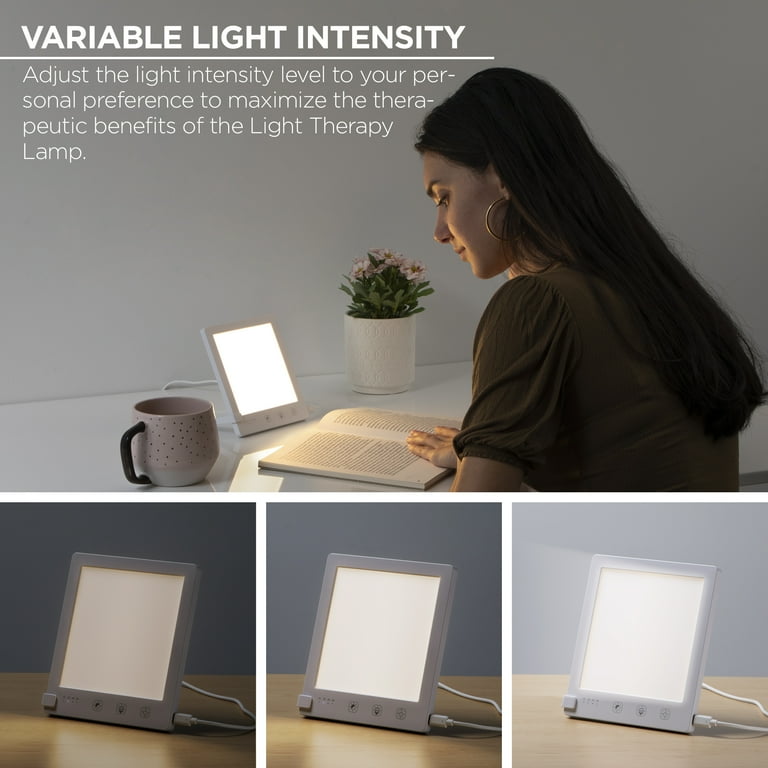Using the Potential: Photobiomodulation's Duty in Cells Regrowth
Wiki Article
Opening the Potential of Photobiomodulation: A Promising Technique for Healing Intervention
Are you interested concerning the potential of photobiomodulation for restorative treatment? Envision a scenario where a person dealing with persistent pain finds alleviation via a non-invasive treatment that uses light. This is exactly what photobiomodulation offers. It is an encouraging method that uses the power of light to stimulate healing and lower inflammation in different clinical conditions. By targeting particular mobile procedures, photobiomodulation has shown prospective in accelerating injury healing, decreasing discomfort, and advertising tissue regrowth. In this introduction, we will certainly discover the systems of activity, applications in medicine, and the current evidence sustaining the efficacy of photobiomodulation. In addition, we will review future directions and potential obstacles in unlocking its complete potential as a therapeutic intervention.Understanding Photobiomodulation
To understand photobiomodulation, you require to grasp the principle of how light treatment can directly influence cellular procedures in your body. Photobiomodulation, also recognized as low-level light therapy, is a non-invasive therapy that utilizes certain wavelengths of light to stimulate biochemical responses in your cells.The therapeutic results of photobiomodulation are far-reaching and have actually been studied extensively in numerous medical areas. It has revealed promising cause promoting tissue fixing and regeneration, lowering inflammation, relieving pain, and enhancing injury recovery. Photobiomodulation has been located to have a positive influence on neurological conditions, such as traumatic mind injury and stroke, by boosting neural activity and advertising neuroplasticity.
One of the key advantages of photobiomodulation is its safety and security account. Unlike various other treatments, photobiomodulation does not produce any type of warmth or cause cells damage. It is a non-invasive and pain-free treatment that can be performed in a professional setting or perhaps in the comfort of your own home with making use of portable tools. However, it is necessary to note that photobiomodulation ought to be provided by skilled professionals or according to the producer's directions to make certain optimum results and security.

Systems of Action
In understanding the devices of activity, you will uncover just how photobiomodulation directly affects mobile processes via certain biochemical reactions. When light is related to the body, it is soaked up by chromophores, such as cytochrome c oxidase and flavins, which exist in the mitochondria. This absorption leads to a waterfall of events that ultimately cause cellular adjustments.Photobiomodulation increases the task of cytochrome c oxidase, a critical enzyme in the mitochondria that is included in the electron transport chain. As an outcome, mobile metabolism is boosted, advertising tissue repair work and regeneration.
In addition, photobiomodulation has actually been shown to modulate mobile signaling pathways. It triggers different growth factors and indicating particles, such as nitric oxide and reactive oxygen species, which play crucial duties in processes like inflammation, angiogenesis, and cell expansion. These signaling paths add to the therapeutic impacts of photobiomodulation, promoting tissue recovery and reducing pain and inflammation.
Applications in Medication
Explore the considerable applications of photobiomodulation in medicine. Photobiomodulation, likewise called low-level light therapy, is a non-invasive therapy that uses light to boost cellular procedures and advertise healing. In medication, this technique has revealed appealing results across different fields.Among the primary applications of photobiomodulation is in pain monitoring. pbm light therapy. It has been utilized to ease both acute and chronic pain, including bone and joint problems, neuropathic pain, and post-operative discomfort. By targeting the damaged location with details wavelengths of my website light, photobiomodulation can lower swelling, advertise tissue repair work, and offer relief
Additionally, photobiomodulation has actually revealed prospective in wound healing. It can increase the recovery process by enhancing cell proliferation, advertising angiogenesis, and lowering mark tissue formation. This has significant effects in the therapy of chronic injuries, such as diabetic person ulcers and pressure sores.
In dermatology, photobiomodulation has actually been used for its regenerative and anti-inflammatory impacts. It can improve the look of scars, decrease acne sores, and promote hair growth in problems like androgenetic alopecia.
Furthermore, photobiomodulation has actually shown guarantee in neurorehabilitation. It can boost cognitive feature, improve electric motor healing, and aid in the therapy of neurodegenerative illness like Alzheimer's and Parkinson's.
Medical Proof and Study Findings

In the field of bone and joint conditions, photobiomodulation has actually been found to minimize pain and swelling, enhance series of activity, and accelerate cells repair service. Studies have actually shown its efficacy in dealing with conditions such as osteo arthritis, tendinopathies, and muscle pressures. In addition, photobiomodulation has revealed positive impacts on injury healing by promoting collagen synthesis, angiogenesis, and fibroblast expansion. This makes it a beneficial tool in the administration of persistent injuries, diabetic ulcers, and surgical cuts.
Moreover, research has actually revealed that photobiomodulation can have neuroregenerative and neuroprotective results. It has actually been located to boost cognitive feature, minimize neuroinflammation, and improve neuronal survival and synaptic plasticity. This has essential ramifications for the treatment of neurological conditions such as Alzheimer's disease, Parkinson's disease, and stroke.
Future Directions and Possible Obstacles
Relocating onward, it is crucial to take into consideration the future instructions and possible difficulties link surrounding the usage of photobiomodulation as a healing intervention. One essential future direction is the expedition and optimization of dosing parameters. Presently, there is no agreement look at this web-site on the optimal wavelength, intensity, period, and frequency of photobiomodulation treatment. More research study is needed to understand the dose-response partnership and develop evidence-based guidelines for medical practice.Another vital future instructions is the development of mobile and economical photobiomodulation tools. While present devices work, they are commonly cumbersome, costly, and call for expert supervision - photobiomodulation. The development of user-friendly and cost effective tools would substantially improve accessibility to this therapy, permitting more people to take advantage of its possible therapeutic results
Furthermore, future study should concentrate on clarifying the systems underlying photobiomodulation. Regardless of its expanding popularity, the precise systems by which photobiomodulation applies its therapeutic results are not fully comprehended. Recognizing these systems would certainly not only improve our expertise of the treatment but also aid in the growth of more targeted and efficient treatments.
However, there are likewise potential difficulties that require to be addressed. photobiomodulation. These consist of the demand for standardized methods, the need for well-designed medical trials with larger sample dimensions, and the demand for long-lasting follow-up research studies. Regulative and safety considerations must be taken right into account to guarantee the safe and efficient usage of photobiomodulation in medical practice.
Verdict
In conclusion, photobiomodulation holds terrific pledge as a therapeutic intervention in medicine. With continuous researches and innovations in this area, photobiomodulation has the prospective to open brand-new opportunities for boosting patient end results.Are you interested about the potential of photobiomodulation for therapeutic treatment? By targeting certain mobile processes, photobiomodulation has actually revealed possible in speeding up wound recovery, reducing discomfort, and promoting cells regeneration.In addition, photobiomodulation has shown possible in injury recovery.Relocating forward, it is essential to take into consideration the future directions and potential difficulties bordering the use of photobiomodulation as a therapeutic intervention. With ongoing research studies and advancements in this field, photobiomodulation has the potential to open brand-new possibilities for enhancing client end results.
Report this wiki page